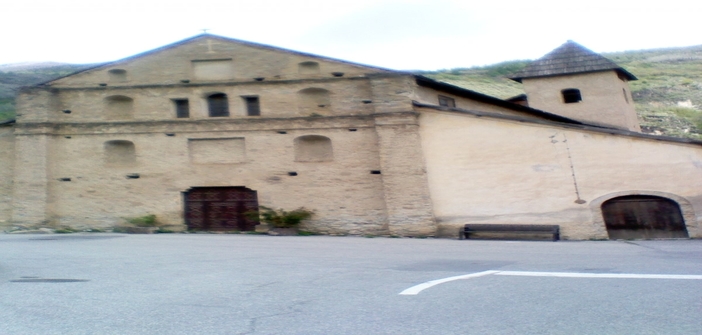—
Saint Etienne, in addition to its numerous chapels which have already been the subject of a report, is also a village bathed by the Tinée River, and water has a long, very long history here.
Firstly, we will mention the lakes that surround this village nestled deep in its valley: the lakes of Vens, Marie, and Ténibre. In 1927, it was decided to use these lakes to produce electricity.
A road was built to facilitate access to the materials for this vast construction site. It overlooked the valley at an altitude of 2,300 meters. The Second World War put an end to this project. The road has become a hiking trail and leads mountain walkers to the lake and ridge of the Barbarottes and then to the refuge of the Rabuons Lake at 2,523 meters. On the way back, one can pass through the Sélasse forest, a guaranteed change of scenery.
The village has its fountains, each with its own history: the Bischoffsheim fountain from 1898, which brought water to the village, is one example. There’s also the Sainte Marie Madeleine fountain on the edge of the Ardon, a capricious stream that caused significant damage to Saint Etienne during a flood in 1979. The stream was channeled and covered, allowing the construction of a parking lot, tennis courts, and the Mercantour Park house. The water trail is an educational experience, teaching about flora and fauna, and one will discover with interest this curious rock that grows if watered!
In fact, it is tufa. The torrent willow or aspirin tree may be able to cure various ailments. You will learn everything about the water ouzel or dipper (a bird that walks underwater). This very playful trail will amuse both young and old. Panels explain the life of trout, water insects, and a rich and varied flora.
This trail presents water in all its forms and uses. The history of Jean Emeric’s mill, built in 1870, is told. His daughter Joséphine Brun was the last miller of Saint Etienne. The wheel had turned, and this profession, which knew neither hours nor rest days, far from the 35-hour workweek, was abandoned.
In days gone by, everyone took their wheat to be milled, kneaded their bread, and brought it to the communal oven. Yet, the Tinée continues to run towards the Var and the sea; it is always impetuous, and its song between the polished rocks is the never-finished symphony of this village in the high region of Nice.
Thierry Jan
—


